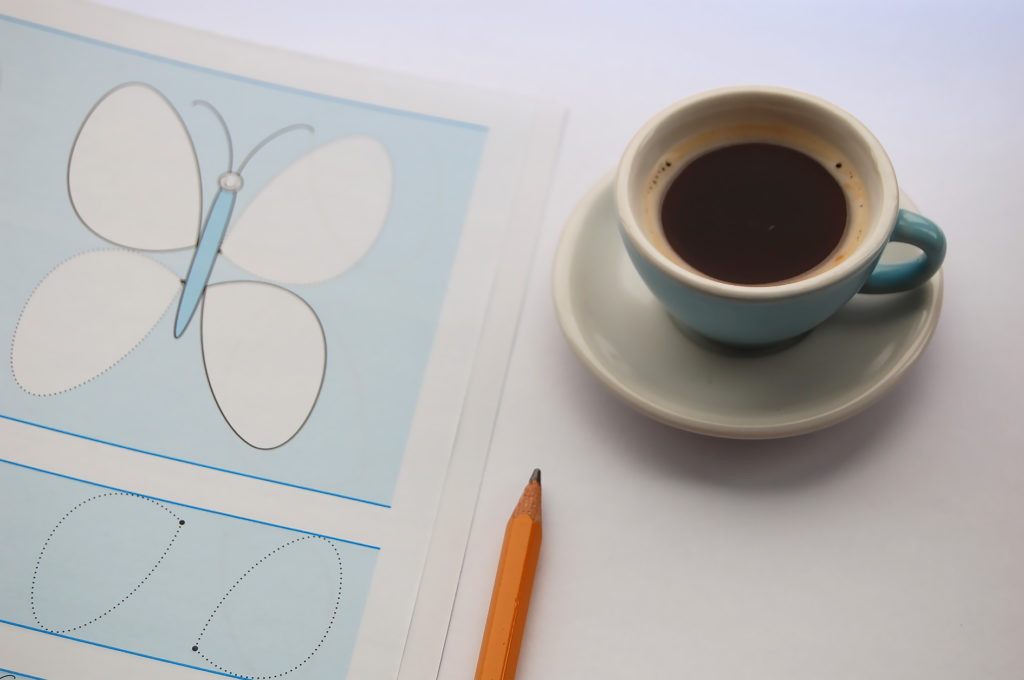If you have a question that is not answered here, feel free to email me.
What are the handwriting tendencies of today’s writers?
It seems to me, and this has been confirmed by my research, that today’s children and adults prefer to use simplified forms of writing and communication in general: that is, forms other than those that were compulsory in school. Children in primary schools will very soon abandon the complicated cursive writing style and replace it with a simplified form which is very close to the printed style (an inclined unconnected style, where the lowercase and uppercase letters are distinguished).
Yet many adults – and even children – do not use the lowercase cursive alphabet at all, and only write in capital letters.
Do you see any solution to this situation?
The situation could be improved by offering children in primary schools a simpler writing style than the current one, a style that could better adapt to their needs and at the same time develop their individuality. And, of course, this style must be made readable (especially for fast writing), unlike the current cursive style, which does not support readability for most writers. Comenia Script® is such a writing font; it has many forms and variations: It allows itself to be written in a very simplified form, similar to a typeface, which will be appreciated especially by dysgraphic children (Comenia Script® B), but can also take a common handwritten form with partial connection, to a completely artistic Renaissance calligraphic form, where the writer uses a flat-edged pen.
Why do you think children no longer need to be able to write in copperplate style?
It is important that children learn to write a form of writing that will work well for them in normal written communication – practically and legibly.
Unfortunately, I have experience that the so-called “beautiful” writing model based on copperplate-style forms (the loop and curl itself) does not work as fully in practical life as a legible style – especially when writing fast. As a result, children sooner or later have to change their writing. Above all, simplify the shapes and adapt the font to yourself – to your individual needs.

The Comenia Script® writing pattern is simplified and everyone can add something to it. So, won’t every handwriting be so distinctive that it will be illegible to others?
Any handwriting can be legible or illegible – it depends on its basic shape, and on how we deal with it. If it is a writing model that requires accurate imitation to maintain readability, and if we neglect the model in normal or fast writing, then we will not succeed with it even in a separate-letters manuscript version… That is why the basic form of Comenia Script® writing is designed so that its readable code is preserved even within 1) fast writing, 2) individual slanting of the style, 3) the shape variations of several letters, 4) having separate letters touch each other, etc.
Who learns to write according to Comenia Script®?
The writing model was prepared mainly for children at the first stage of primary school, but adults who want to have a more readable handwriting can also learn to write it. In addition, the basic form of Comenia Script®A can lead to an artistically interesting Renaissance calligraphic form. At the same time, I recommend the style to those teachers who want to teach writing with Comenia Script®. It is certainly useful when parents learn to write with their children at the same time: as is the case, for example, in Waldorf schools where, among other things, they provide children with handwritten readers.
What makes Comenia Script® special?
There is nothing special about this handwriting style; I only follow the natural graphic tendencies of children and adults. The Comenia Script® font is simple, and thus actually ordinary: for example, it is based on what children learn on their own before entering school (large print) and it builds on this ability. The children then work with a small alphabet, with shape variants of letters, with individual slant, etc.
